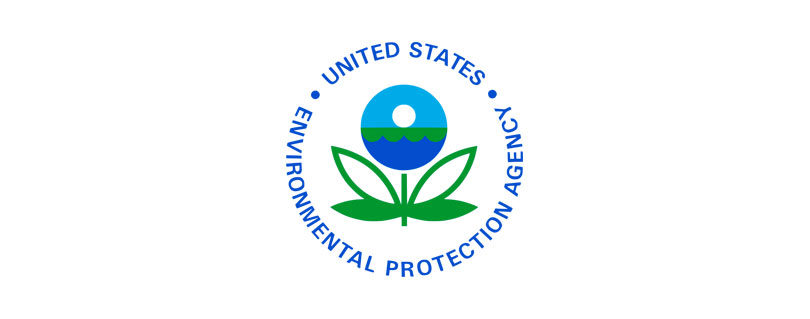EPA Statement on Wildfire Smoke
Publilshed by the U.S. Environmental Protection Agency (EPA)
The U.S. Environmental Protection Agency (EPA) collects data from hundreds of air quality monitors provided by state, local and Tribal air quality agencies, along with crowd-sourced data from air quality sensors. This data underpins the AirNow Fire and Smoke Map, which EPA developed in partnership with the U.S. Forest Service. This tool provides current air quality information, smoke plume locations and recommended actions to take to protect your health – all in one place. The map is available in English and Spanish. In addition to being accessible through EPA’s webpage, the map also is available through the AirNow smartphone app. EPA is promoting these resources through digital channels (see tweet thread from the EPA account, and this thread from the Administrator, and this thread from the AirNow account). EPA has more detailed information resources tailored to specific audiences.[1] EPA will continue to maintain close contact with our state and local partners throughout the region. EPA also provided the statement below to a network of interested reporters.
EPA June 7 Desk Statement
A weather system carries smoke from wildfires in Canada hundreds of miles into the U.S., pushing air quality into the unhealthy or worse categories in areas from the mid-Atlantic through the Northeast and parts of the Upper Great Lakes. EPA encourages people living in these areas to check their Air Quality Index (AQI) throughout the day to see their local air quality and steps to take to reduce smoke exposure and protect their health. Pay attention to any health symptoms if you have asthma, COPD, heart disease, or are pregnant. Get medical help if you need it.
Smoke can cause air quality to change rapidly. Stay up to date on current air quality and forecasts near you through the AirNow app, available for free on the Apple App Store and Google Play Store. You also can use the app to check the AirNow Fire and Smoke Map. EPA and the U.S. Forest Service developed the map to give the public information on fire locations, smoke plumes, near real-time air quality and actions to take to protect your health — all in one place. The map is available at the AirNow Fire and Smoke Map webpage, or by tapping the Smoke icon in the AirNow app. It includes data from hundreds of air quality monitors provided by state and local air quality agencies, along with crowd-sourced data from air quality sensors.
Most healthy adults and children will recover quickly from smoke exposure and will not have long-lasting health effects. But people with chronic diseases, such as asthma, other lung disease, or cardiovascular disease are at greater risk of experiencing more severe health effects. Children, pregnant people, and people over 65 also are more vulnerable to health effects from smoke exposure Limit your outdoor exercise when it is smoky or choose lower-intensity activities to reduce your smoke exposure. When indoors, take steps to keep your indoor air cool and clean. For more tips, see AirNow’s When Smoke is in the Air webpage.
Larger and more intense wildfires are creating the potential for greater smoke production and chronic exposures in the U.S., particularly in the West. Wildfires increase air pollution in surrounding areas and can affect regional air quality. If you have to be outdoors when wildfire smoke is in the air, an N-95 mask can help reduce the smoke you breathe in and potential health risks.
State, local and tribal governments work closely with EPA, the Forest Service, and other departments to maintain a strong monitoring network to help inform the public about local air quality conditions and what steps to take to protect themselves from air pollution and wildfire smoke. This partnership is what makes AirNow.gov work.
Read the full article at: https://www.epa.gov/newsreleases/epa-statement-wildfire-smoke



